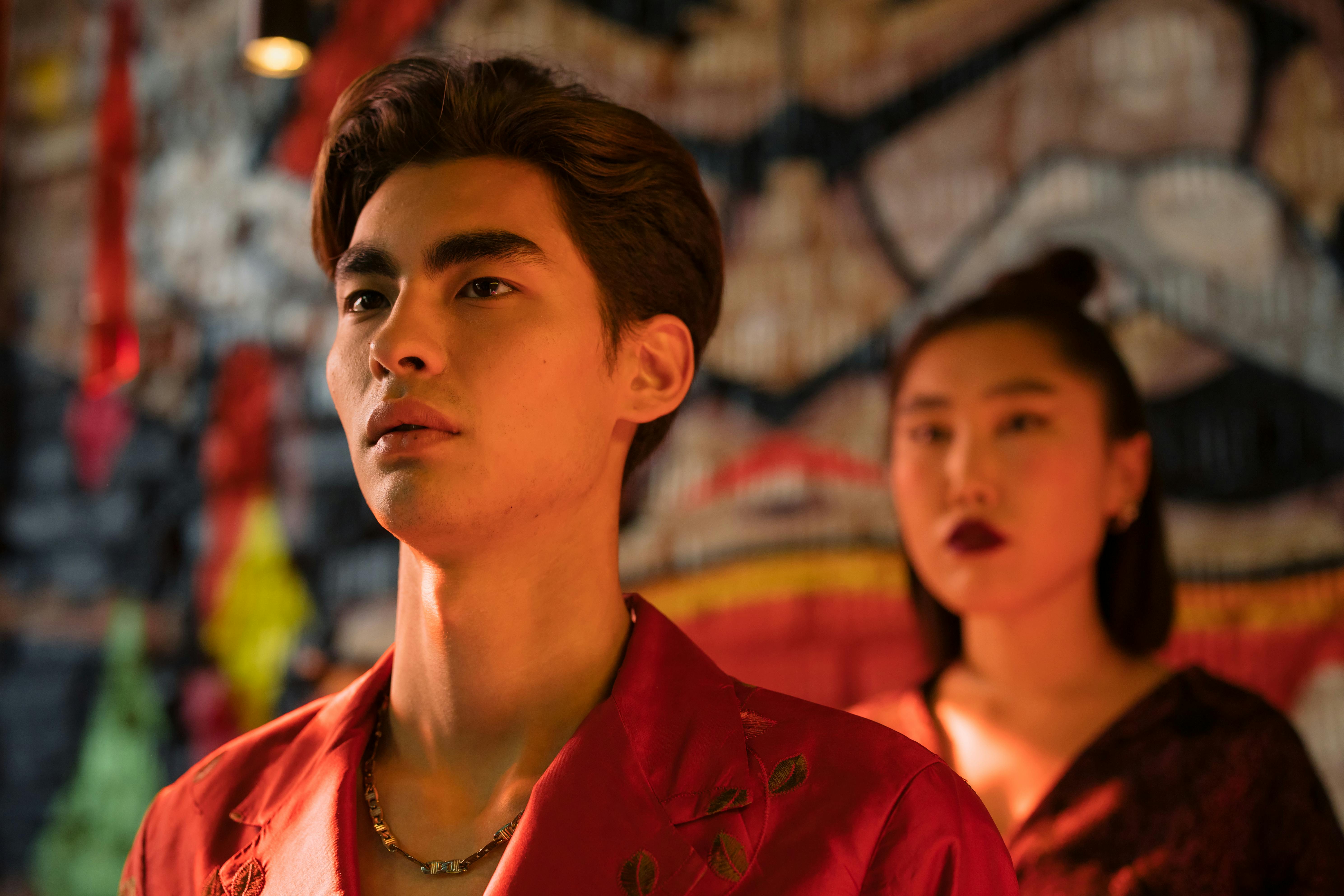Wedding customs from Central Asia
In Core Eastern customs, relatives arrange for youngsters to get married. They pick a good boy or girl based on each person’s family history, fiscal situation, and social standing. This is known as “adat” in Kazakhstan. The matchmaker ( “gyumzhan” ) looks for a girl with good qualities who belongs to the same clan, tribe, and family. If a lady is discovered, the betrothal is commemorated with’ Yui- no’ rituals, which are similar to the customary Egyptian wedding. Gifts turkmen bride like the Obi ( a sash ) that symbolizes female virtue and the Hakama skirt made of white Sendai silk, which represents loyalty, are exchanged.
The formal wedding ceremony is known as nikah. It is a spiritual ceremony that entails the bride and groom https://www.emerald.com/insight/content/doi/10.1108/GM-10-2020-0309/full/html agreeing to get married after hearing the mullah’s worship and asking them to do so. Typically, the bride and groom prepare for lifestyle collectively by living apart until the wedding. To help her form a relationship with her novel husband, she receives advice from her female friends and sings traditional wedding tracks.

Both households prepare a sizable supper the day before the bride. Additionally, the groom gives presents to the kid’s relatives. In some places, the groom gives the women a bride as well. Depending on the home, this may involve a sizable sum of money and other belongings.
The bride is led or carried to her in-laws ‘ home on the day of the wedding. She is led to a curtain (koshogo, which is customarily hung in the center of the room ) and spends several weeks behind it as her in-laws greet her and present her with products similar to more white headbands that stand for beauty.
